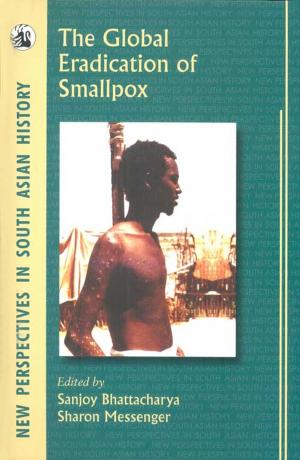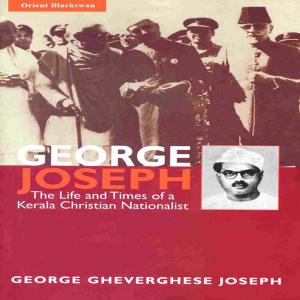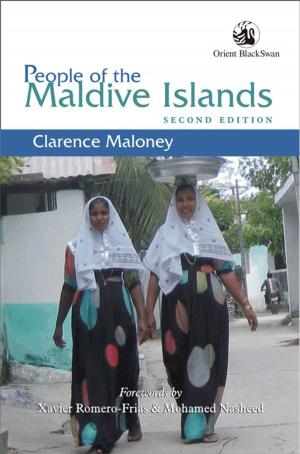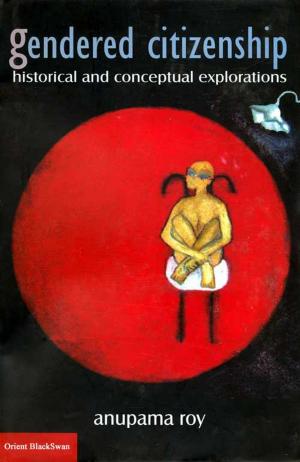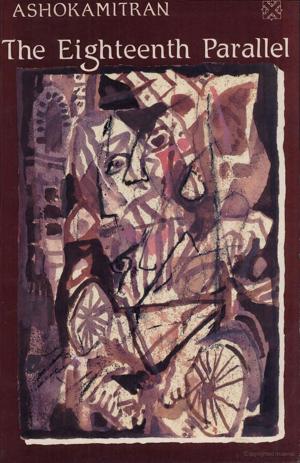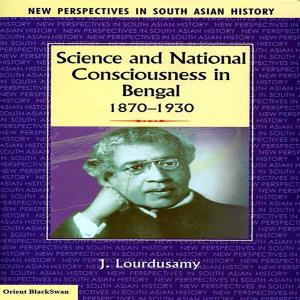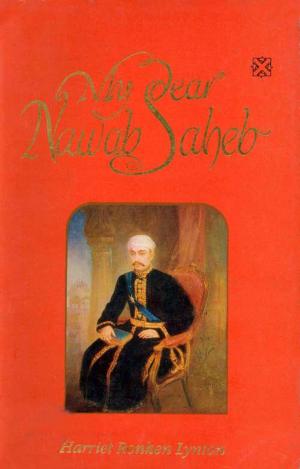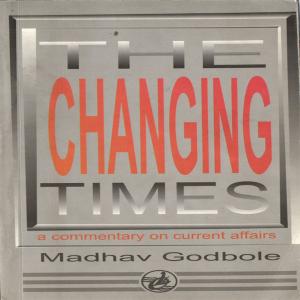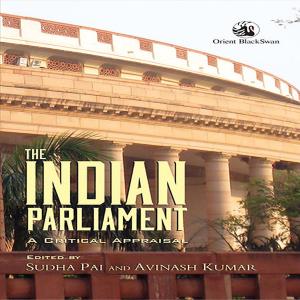Language, Ideology and Power
Language Learning among the Muslims of Pakistan and North India
Nonfiction, Reference & Language, Language Arts, Literacy| Author: | Tariq Rahman | ISBN: | 9788125053156 |
| Publisher: | Orient Blackswan Private Limited | Publication: | December 15, 2009 |
| Imprint: | Language: | English |
| Author: | Tariq Rahman |
| ISBN: | 9788125053156 |
| Publisher: | Orient Blackswan Private Limited |
| Publication: | December 15, 2009 |
| Imprint: | |
| Language: | English |
This is the first book-length study of the history of language teaching and learning among South Asian Muslims. It traces the history of language-teaching among the Muslims of north India and present-day Pakistan, and then relates language-learning (the demand) and teaching (the supply) to ideology (or world view) and power. It makes the point that the Muslims in this part of the world, like other people elsewhere, learned languages to empower themselves by acquiring marketable linguistic skills at all periods of history. It also argues that those who determine what languages, and what textbooks, are to be taught, would like to, and are in a position to promote the ideology which, in their opinion, promotes or consolidates their own power, or maintains the status quo. In short, the teaching and learning of languages is linked to the distribution of power which, in turn, is connected to employment, promotion of certain ideologies, shaping of identities, and national interest.
This is the first book-length study of the history of language teaching and learning among South Asian Muslims. It traces the history of language-teaching among the Muslims of north India and present-day Pakistan, and then relates language-learning (the demand) and teaching (the supply) to ideology (or world view) and power. It makes the point that the Muslims in this part of the world, like other people elsewhere, learned languages to empower themselves by acquiring marketable linguistic skills at all periods of history. It also argues that those who determine what languages, and what textbooks, are to be taught, would like to, and are in a position to promote the ideology which, in their opinion, promotes or consolidates their own power, or maintains the status quo. In short, the teaching and learning of languages is linked to the distribution of power which, in turn, is connected to employment, promotion of certain ideologies, shaping of identities, and national interest.

